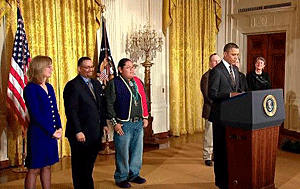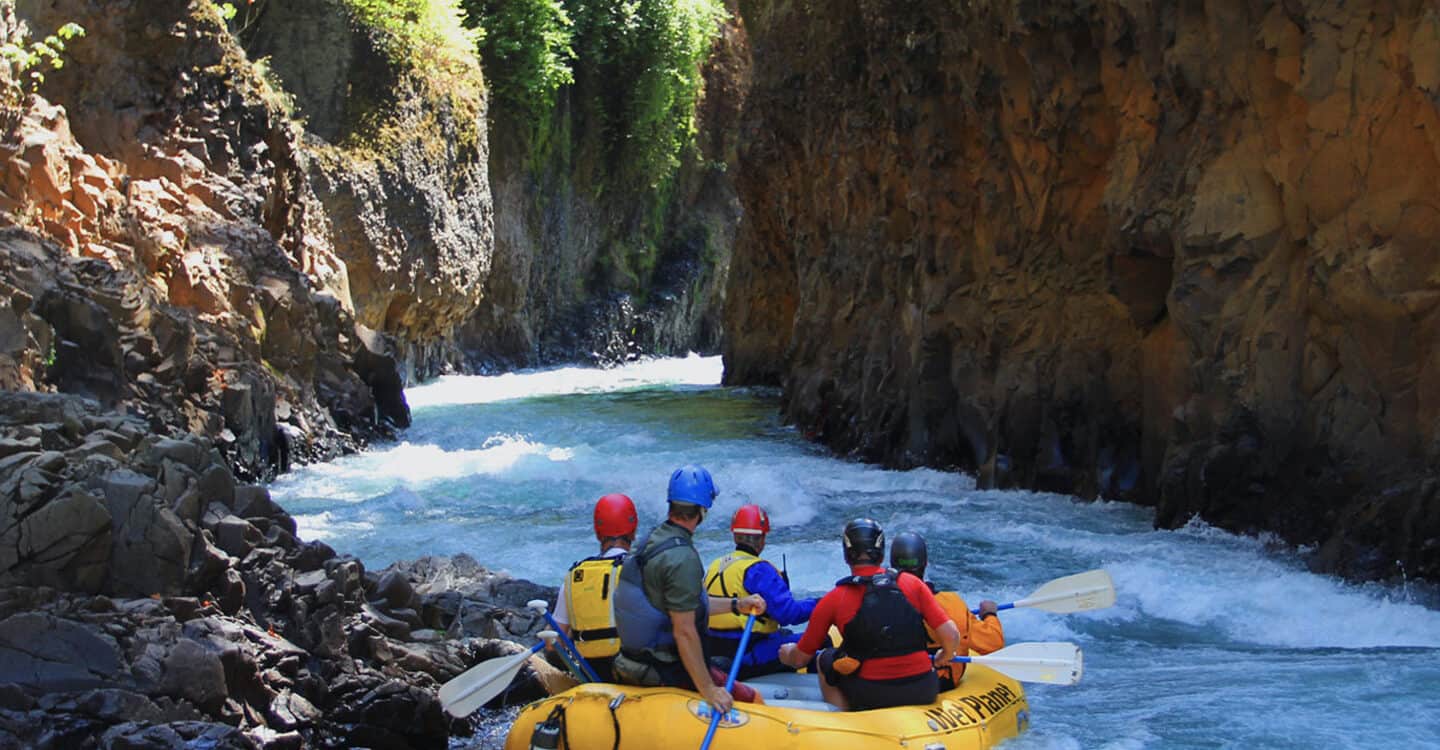By Susan Hollingsworth
Yesterday Obama put rivers on a pedestal.
Increased efforts to protect and restore vital river corridors will soon go into effect with America’s Great Outdoors Initiative. Aiming to get more people out on the water, the Initiative will hopefully inspire the public to become more involved with protecting their water resources.
A success.
While awareness and activism will undoubtedbly increase, the simultaneous slashing of the EPA’s Clean Water State Revolving Fund budget could usher in a host of new problems.
A blow.
With a continued focus on making clean water a priority for Americans, there is still hope for the protection of our waterways despite additional obstacles. By celebrating and embracing our successes, our voices might just might be heard more clearly.
The Obama administration spent the past year compiling information from outdoors enthusiasts nationwide. Cities and towns all over the country were able to speak about their relationship to the natural world, stressing the importance of protecting our rivers. Americans told about local fishing spots, youth benturing into the outdoors, cultural connections to moving water, and much more.
An official report was released yesterday, February 16, 2011, heavily based off of this grassroots data, as well as recommendations from a leading river conservation agency, American Rivers. In the report, the administration focuses on the importance of Blueways–designated river corridors that serve as water trails and recreation destinations–and the youth’s involvement in protection of these vital areas.
American Whitewater’s president Mark Singleton notes that by motivating people to get on the water, a natural shift in priorities will occur. “Citizens just need public access, adequate clean water, a compelling landscape to paddle through and information on flows and rivers.” From there, the relationship to the river’s flow and surrounding ecosystem inevitably inspires the public to protect this valuable resource.
 Motivating younger generations to take ownership of their responsibility might just mean even greater leaps in water conservation down the road. A Conservation Service Corp will help to motivate youth to actively participate in efforts to keep our waterways protected.
Motivating younger generations to take ownership of their responsibility might just mean even greater leaps in water conservation down the road. A Conservation Service Corp will help to motivate youth to actively participate in efforts to keep our waterways protected.
River enthusiasts nationwide rejoice.
However, a new bill under consideration by the House of Representatives could bring about an even greater assortment of problems for our clean water.
H.R. 1 proposes to cut over half of the EPA’s Clean Water State Revolving Fund, approximately $1.4 billion dollars. This fund helps keep the nation’s wastewater treatment systems working smoothly. With decreased funds, more wastewater will enter our waterways that will destroy ecosystems and contaminate our drinking water.
No one wants to float down a stream that smells like poo.
Unfortunatey, the bill also cuts funds for pollution enforcement. Companies will find it easier than ever to add toxic wastes to the already contaminated waters, spiraling the problem out of control. NOAA will receive less, making the removal of outdated dams even harder. (We all know how hard it has been to get Condit Dam on the White Salmon River out without these additional limitations.) It just gets more disheartening from there.
So while we raise our glasses to commend president Obama’s acknowledgement of river recreation’s influence over conservation efforts, we must also remember to continue expressing our support.
Clean water must always be made a priority. No matter how much ground we think we have covered, there is always more ahead. Our rivers, and our health, depend on it.
Susan Hollingsworth, writer and instructor, looks forward to increased awareness for river conservation in future generations.







